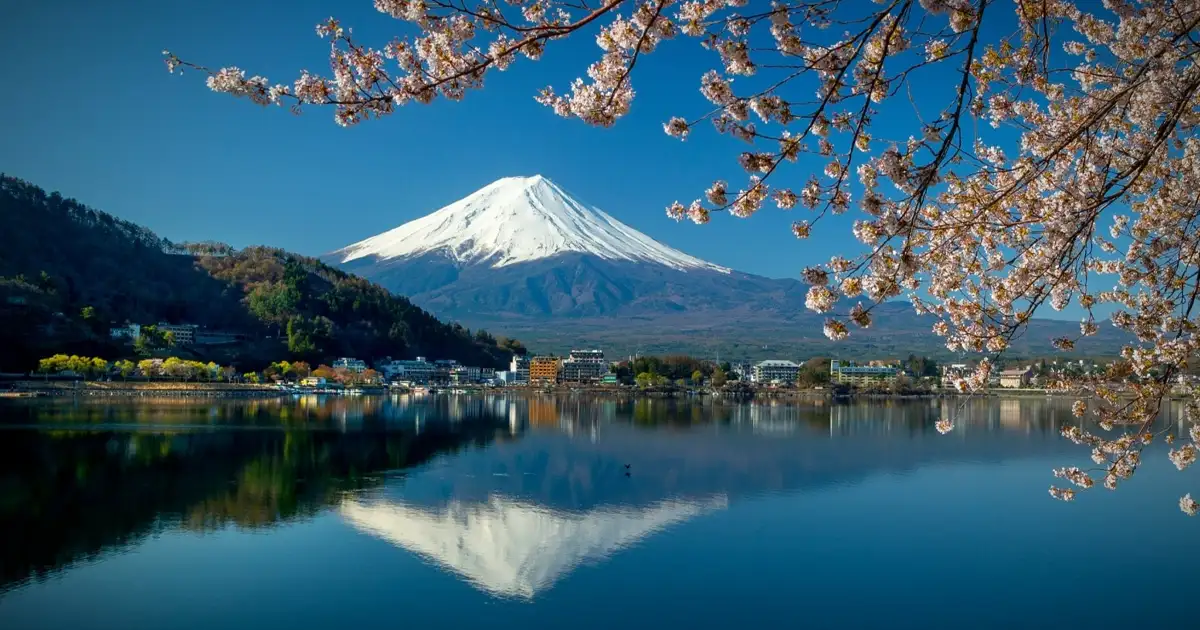Hokkaido changes its mind: can the casino project be revived?
Hokkaido could soon play a central role in the expansion of casino resorts (or Integrated Resorts, IR) in Japan. After declining a bid in 2019 on environmental grounds, the local government is now reassessing its position.
From opposition to opportunity: the reasons for this reversal
In 2019, the governor of Hokkaido decided not to submit an application for an IR licence, citing the presence of rare and endangered bird habitats near the proposed Tomakomai site, a choice dictated by strong environmental concerns.
But times have changed. The IR could contribute to the development of Hokkaido by boosting private investment and tourism-related spending. In other words, the idea of a complex combining casino, hotels, entertainment and catering is no longer just a distant prospect, but a rethought option.
The legal framework: three licences but only one in service
In 2018, Japan legislated through Parliament to authorise up to three Integrated Resorts in the country. The project, originally championed by Prime Minister Shinzo Abe, was intended to stimulate international tourism and attract foreign capital.
So far, however, only one project has come to fruition: MGM Osaka, a partnership between the American gaming giant and Japanese company Orix, estimated at USD 8.9 billion and scheduled to open in 2030. Not only does this prove that the Japanese government is making progress, it also provides a model for future applicants such as Hokkaido.
Local players: when towns say ‘yes’
Several Hokkaido municipalities are actively interested in this reopening. Tomakomai, already a candidate in 2019, is once again ready to get involved, under the impetus of the new pro-IR mayor, Suguru Kanazawa, elected in December.
Other cities, such as Kushiro and Hakodate, are also studying the issue. Kushiro sees the project as a way of positioning Lake Akan as a major tourist destination. But, like Tomakomai, it will have to contend with environmental objections, not least because of its hot springs and the presence of an indigenous Ainu village. Hakodate, for its part, is still assessing the impacts, seeking to gather information and political support before making a firm decision.
If the idea comes to fruition in the Tomakomai area, one international player is standing by. Hard Rock International was already proposing the construction of a resort in Tomakomai-Uenae in 2019, including a guitar-designed hotel, a Hard Rock Live entertainment venue, retail facilities, restaurants and, of course, the casino.
The project would be more than just an entertainment venue. It would incorporate a strong local cultural dimension: an authentic Ainu village would be created to raise awareness of the culture of the indigenous peoples. This mix of tourist and cultural appeal would appear to be an attempt to respond to the ecological and identity-related criticisms.
Persistent obstacles: environment, acceptance, time
Despite the renewed interest, many challenges remain. In 2019, the project was put on hold due to a lack of environmental impact assessment on a site identified as a habitat for rare species. History could repeat itself if the developers underestimate these factors.
The local population must also be consulted. Even if some mayors and municipal authorities are in favour, popular support (particularly in villages or sensitive areas) will be essential. Hakodate is still in the information-gathering and evaluation phase, which means that the road to the green light is still a long one.
Finally, time is on their side: only three IR licences will be issued for the whole of Japan, with two still to be allocated. This generates intense competition between regions offering potential sites. The application process, studies and regulations take time.
This look back at the Integrated Resort project in Hokkaido shows a strategic shift. Hokkaido is moving from its initial refusal to consider the environment to a cautious but open-minded assessment, motivated by the potential economic and tourism spin-offs. The Hard Rock project is a prime example, combining entertainment, Ainu culture and ambitious design. But there is still a lot to do: impact studies, local consultations, a waiting period, and above all, national competition for one of the last two IR permits.


